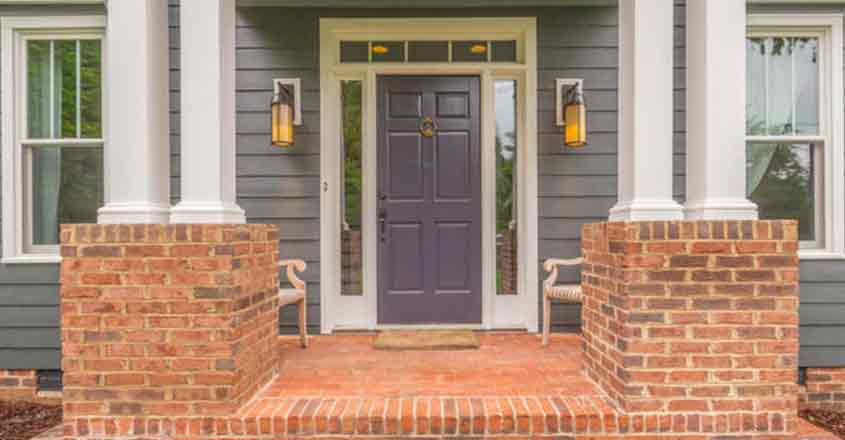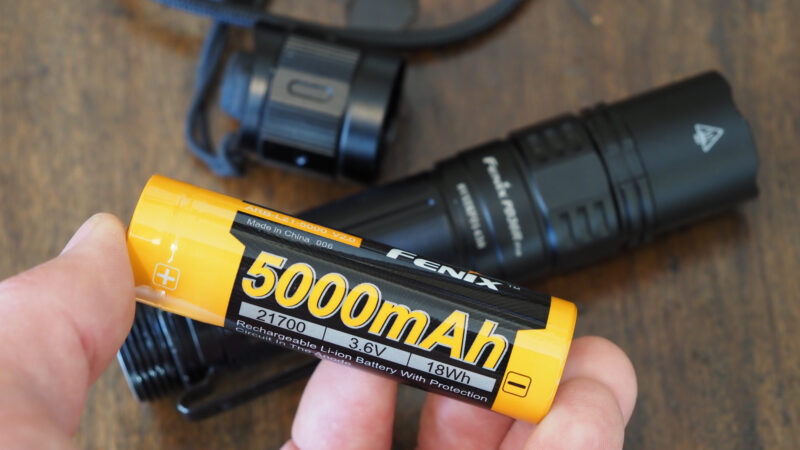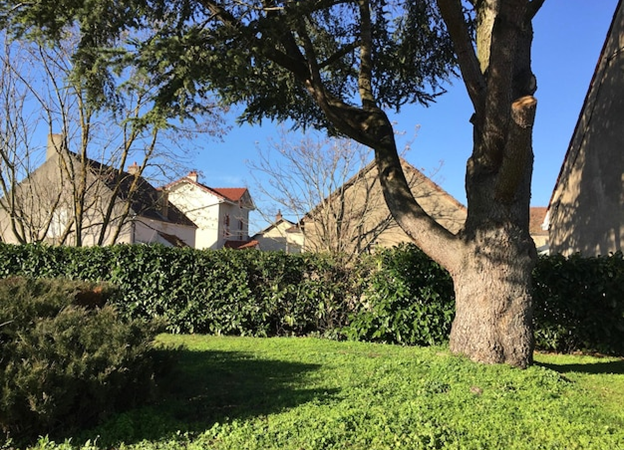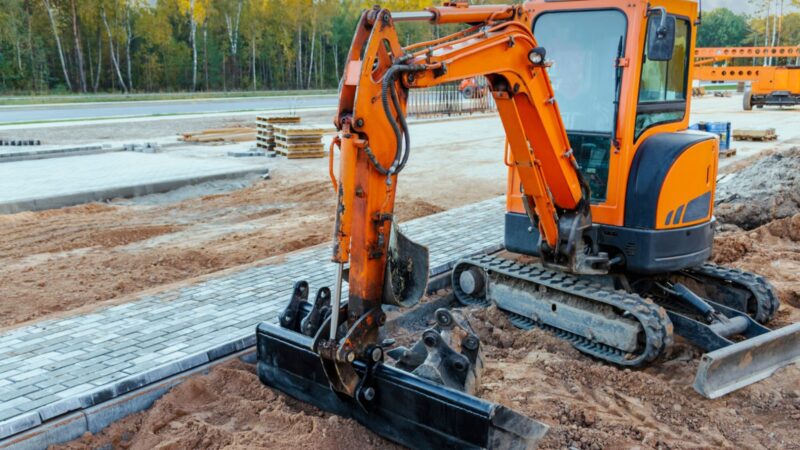The selection of doors is the first step in any HDB renovation. In order to make the best choice, homeowners must have a basic understanding of the items available on the market as well as current design trends.
The functionality and aesthetic appeal of a HDB home can be greatly enhanced by selecting the appropriate primary and interior doors. Finally, new doors can be used as zoning devices as well as decorative focal points by homeowners. An in-depth look at the various HDB door types, materials, and trends. Choosing the right HDB door supplier can ensure you the best quality services and products, and save you tonnes of headache as well as time wasted!
HDB Rules And Regulations on Doors In Singapore
Replacing an existing primary or internal HDB door does not usually require permission unless there are door proportions and size changes. These doors may face staircase entrances or be within a 3-meter radius of elevator lobbies. In such cases, the main door must be fire-rated and equipped with a 30-minute fire-rated door closer.
It’s also worth noting that all entrances must open to at least 850 mm in width.Changing the position of the old doors within the flat is another significant component of replacing them during renovating. Because it generally involves hacking, this method needs permission from HDB. Homeowners are not allowed to install doors through reinforced concrete walls or destroy load-bearing columns or walls.
Material And Functionality Of A Door
Over the last few years, the front doors of houses have evolved significantly. Homeowners can now choose from a wide range of options. There are hundreds of different types and sizes available, ranging from traditional wood doors to high-tech alternatives such as metal or carbon fibres. In this article, we will introduce the two most commonly used materials.
Doors made of wood
When it comes to doors, wood is the clear winner in terms of aesthetics. It’s lovely, organic, and tactile. For starters, timber doors are a timeless classic for any HDB home. Hardwood and softwood are the two types, with the former commanding a higher price. In terms of interior design, hardwood wooden doors can provide a sense of cosiness. Natural materials are simple to work with, and homeowners frequently get a lot of bang for their buck when they use them.
Timber doors, regardless of design, are long-lasting and provide great thermal insulation. Furthermore, species like oak, beech, ash, mahogany, and others provide the ability to update and rework, which is one of the finest advantages they provide. Keep in mind that quality comes at a cost, therefore timber doors might be more expensive than their metal equivalents.
Doors made of veneer
Veneer doors are a significantly more cost-effective alternative to solid wood doors. The thin layers of wood on any inside door are just enough to give it a natural appearance.
On the other hand, the core does not have to be made of solid wood and is usually made of less expensive material. Finally, veneer doors are less expensive than solid wood doors, but the difference between the two types is almost unnoticeable with good craftsmanship.
In addition, veneers are low-maintenance. Such a doorway may be protected from moisture and severe temperatures with a varnish coating. Another benefit of these doors is that they are lightweight, reducing the load on the walls, a feature that is very advantageous in HDB residences.
These PVC doors, which are often bi-fold or slide and swing, are resistant to a variety of external conditions such as significant temperature changes, excessive humidity, mechanical stress, and pests. Aluminium reinforced PVC is suitable for toilet doors because of these characteristics.
Cleaning and upkeep are also a breeze thanks to the smooth plastic surface. Homeowners can easily clean their PVC doors with a damp towel and mild detergent. Thanks to technological advancements, buyers can now choose from a wide range of designs and mechanics. Start your home door project with the right supplier today!








